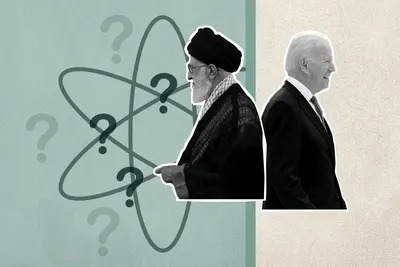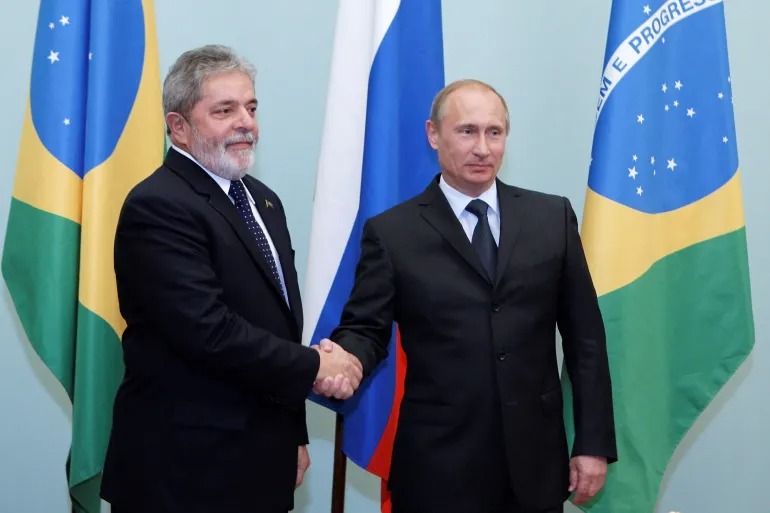News of Iran’s impending release of U.S. nationals and the unfreezing of Iranian assets has ignited speculation about the potential for a fresh start in U.S.-Iran relations and the resurrection of the 2015 nuclear deal. However, amidst these developments, numerous hurdles stand in the way of a swift breakthrough.
The Prisoner Swap Deal
Recent reports have revealed that the United States and Iran are in the midst of negotiations regarding a prisoner swap, a deal that could involve the release of American citizens held in Iran and the release of billions of dollars in Iranian assets frozen in South Korea. While this development has garnered significant attention, it is essential to note that the transaction has yet to be finalized, leaving several questions unanswered.
The proposed exchange centers on five dual citizens imprisoned in Iran, who were recently moved to house arrest, and a substantial sum of $6 billion in Iranian funds. Additionally, there are indications that certain Iranian nationals imprisoned in the United States may also be part of the exchange, further complicating the negotiation process. Despite the widespread coverage, the exact nature of the remaining obstacles remains unclear. In recent months, both sides have engaged in indirect talks mediated by Oman, addressing not only the prisoner swap but also potential revisions to the 2015 nuclear agreement.
Prospects for a New U.S.-Iran Nuclear Agreement
The United States withdrew from the Iran nuclear deal in 2018, triggering a series of actions by Iran to increase its nuclear capabilities. Among these actions is the enrichment of uranium to levels nearing weapons-grade purity, with the latest report from the International Atomic Energy Agency indicating a slower pace of growth in Iran’s enriched uranium stockpile during the last quarter. While the Iranian foreign minister has hinted at discussions surrounding amendments to the original agreement, no official confirmation has been provided, making it challenging to gauge the progress in nuclear talks accurately.
Iran’s Diplomatic Moves and Upcoming UN Address
Intriguingly, Iran has recently taken steps towards normalizing relations with Saudi Arabia, with China playing a pivotal role in facilitating these negotiations. The prospect of stability in the Persian Gulf, crucial for China as the largest purchaser of Saudi oil, has driven its involvement in these diplomatic efforts. However, while Iran has displayed pragmatism in the Gulf region, its stance remains hostile towards Israel and it continues to support various militias in Iraq and Syria. The normalization of relations between Israel and several Arab states in recent years has further complicated the diplomatic landscape for Iran.
As the Iranian President, Ebrahim Raisi, prepares for his upcoming visit to New York and his address to the UN General Assembly, expectations for a groundbreaking statement should be tempered. Raisi has exhibited a passive approach to international diplomacy, with limited initiative or imaginative solutions. His previous addresses at international forums have consistently highlighted Iran’s opposition to Western sanctions, and he is expected to maintain a firm and uncompromising stance.
In conclusion, while the U.S.-Iran prisoner swap and the potential revival of the nuclear deal have generated optimism, numerous obstacles remain. Iran’s diplomatic outreach to Saudi Arabia and President Raisi’s impending UN address add complexity to the evolving situation. The world watches closely as these diplomatic maneuvers unfold, aware that the path to a comprehensive resolution remains uncertain.
















